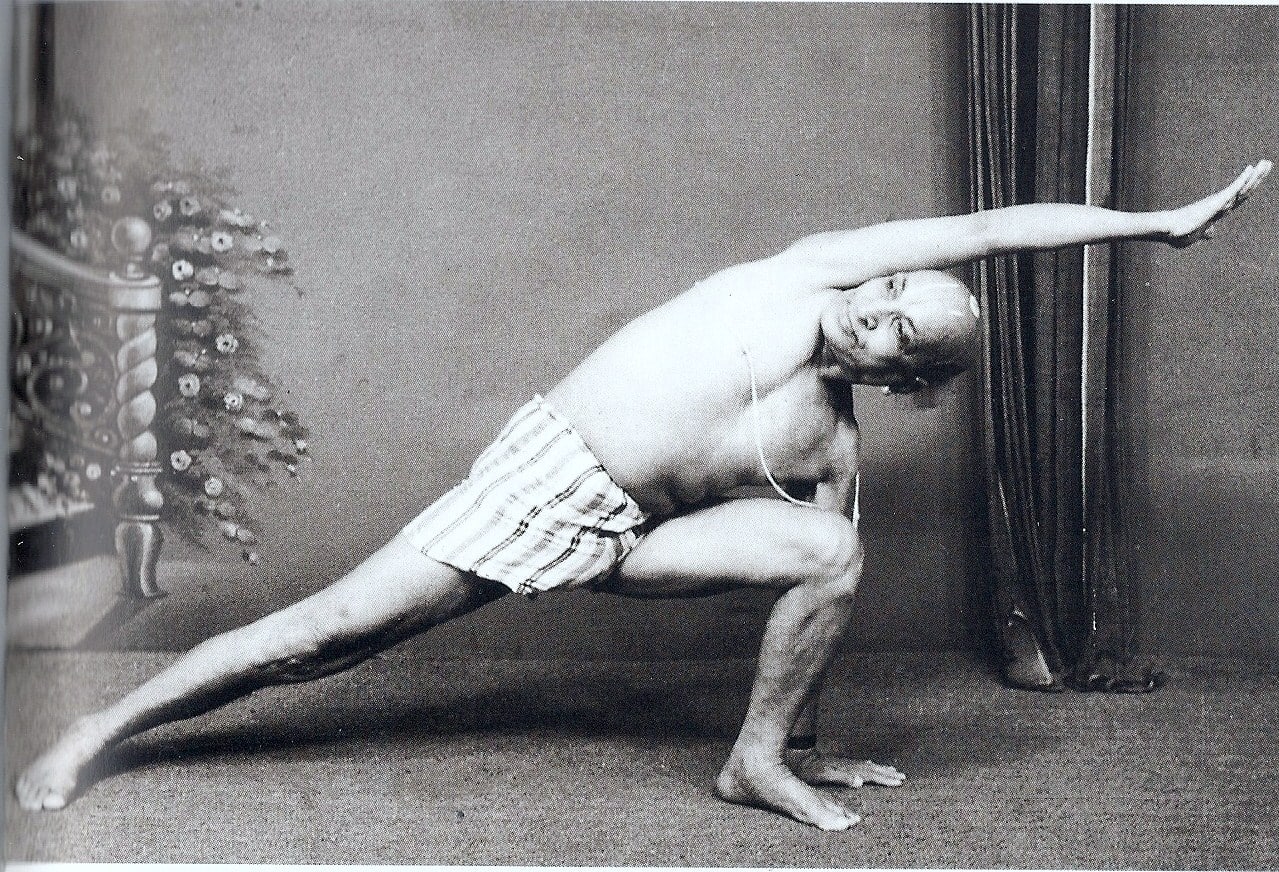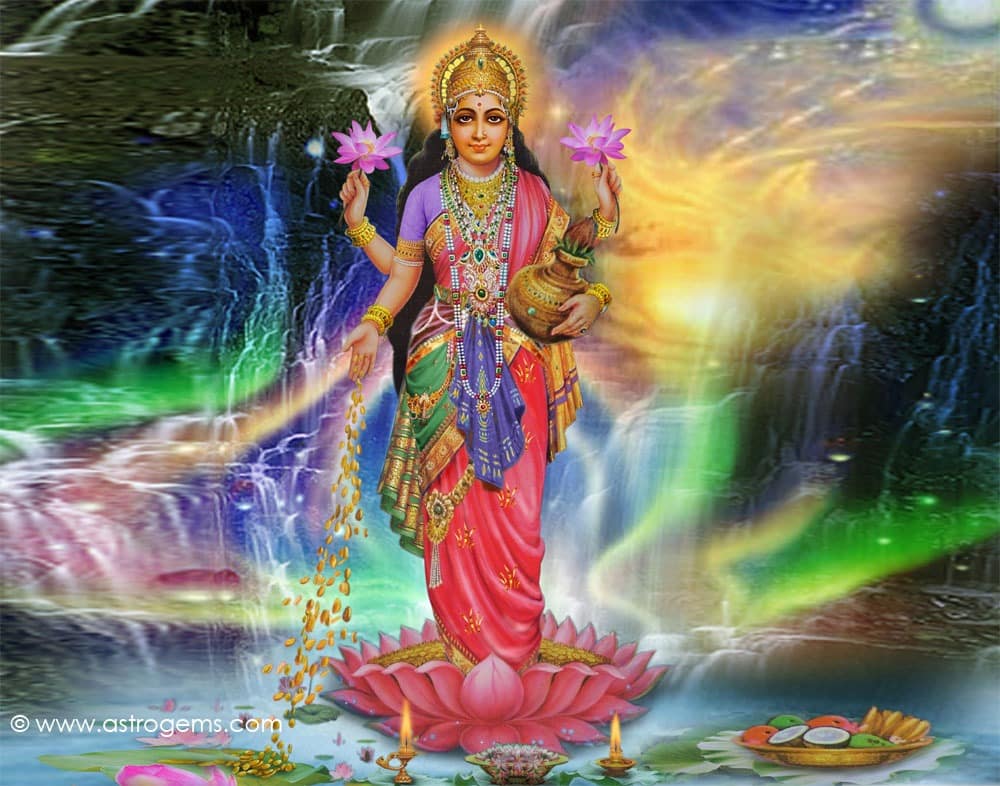Practicing Ashtanga with Saraswathi Jois
Last day of practice with Saraswathi was a sweet one. Can’t believe I’ve been in India over 2 month, holy shit! So grateful for an amazing experience! #guruselfie #ashtanga #yoga #india #saraswathi A photo posted by Elliot (@pada_yogi) on Mar 31, 2015 at 5:35am PDT Tuesday marked the final day of my practice at the … Read more









